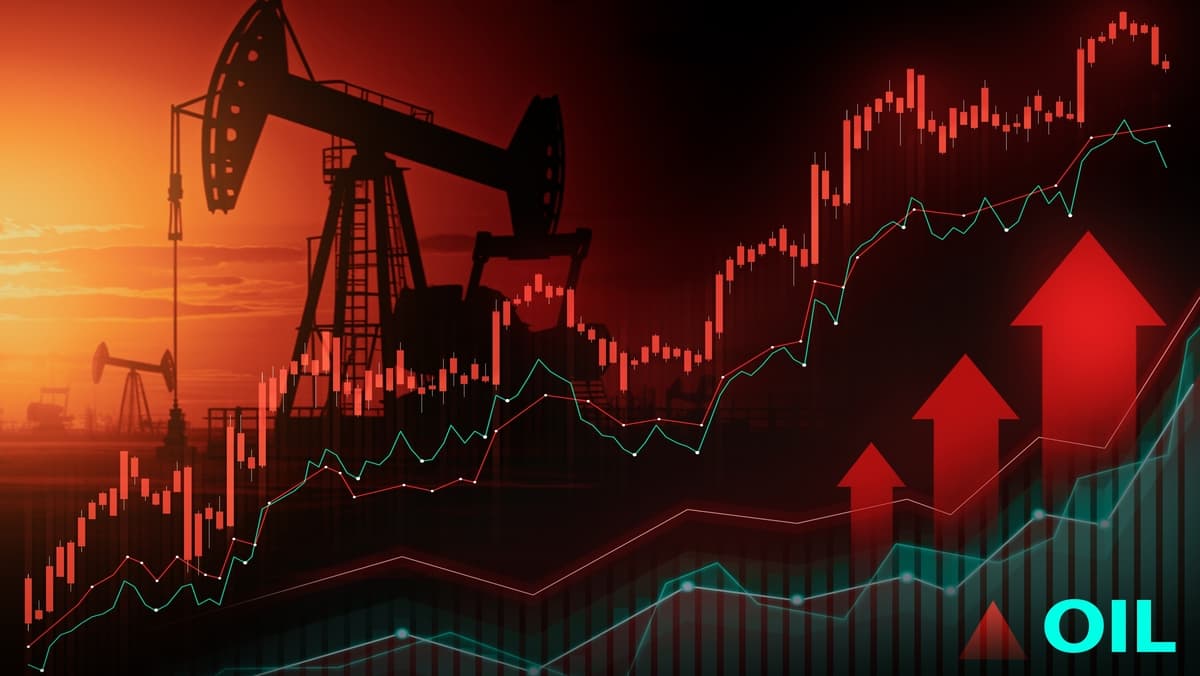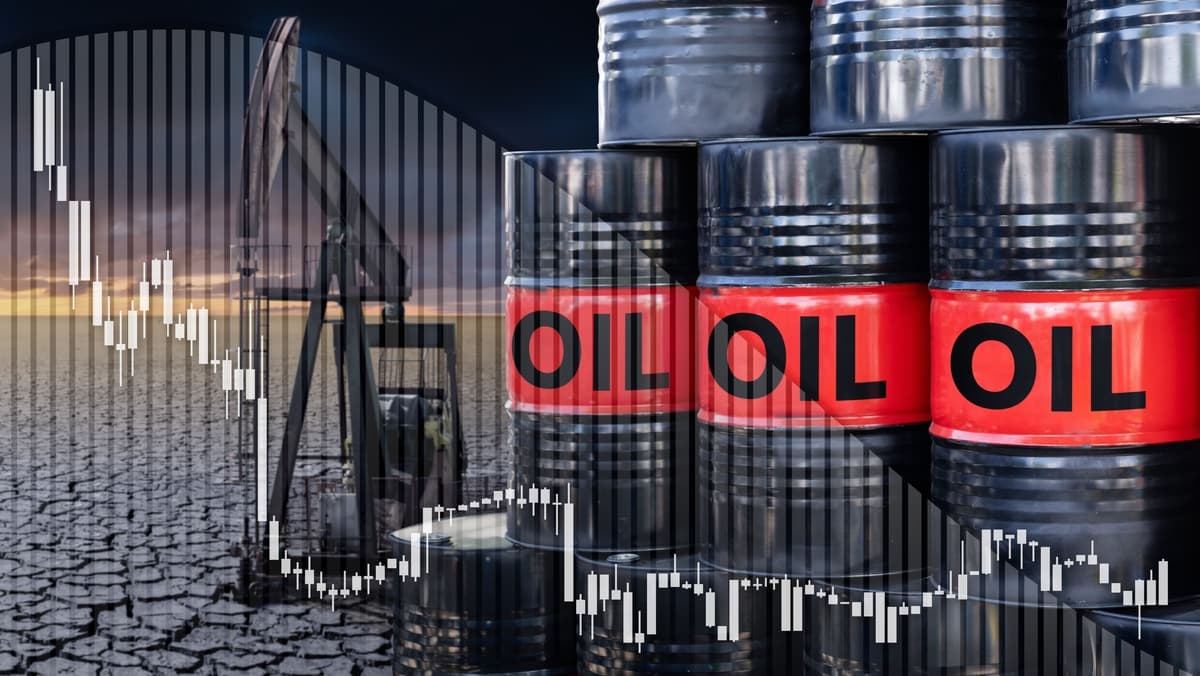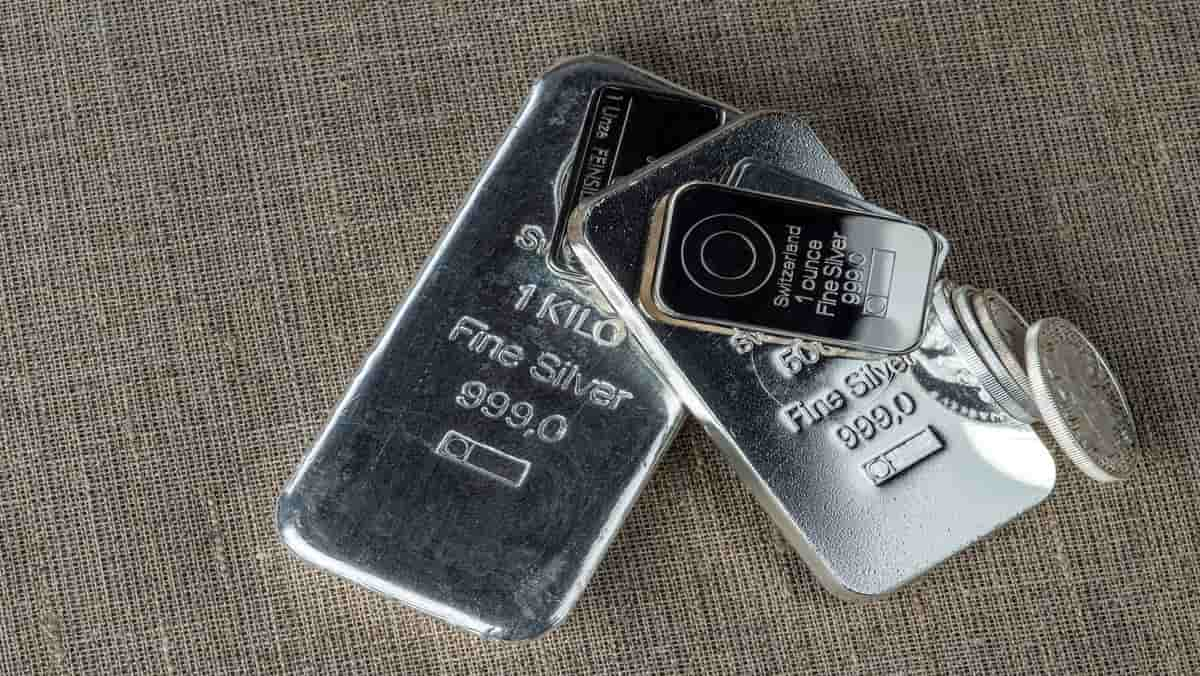Thursday Jan 9 2025 06:53

7 min

Commodity price live, the commodity markets continue to be a focal point for investors, traders, and policy-makers worldwide, with oil, silver, and gold prices volatility.
Commodity prices overview, the commodity markets continue to be a focal point for investors, traders, and policy-makers worldwide, with oil, silver, and gold prices reflecting the complex interplay of geopolitical events, economic indicators, and market sentiment. Here's a detailed look at the current state of these pivotal commodities:
As of January 8, 2025, the commodity markets continue to be a focal point for investors, traders, and policy-makers worldwide, with oil, silver, and gold prices reflecting the complex interplay of geopolitical events, economic indicators, and market sentiment. Here's a detailed look at the current state of these pivotal commodities:

Current Price: Brent Crude is trading at around $77.29 per barrel, while WTI Crude is at approximately $74.34 per barrel.
Influencing Factors:
Geopolitical Tensions: Ongoing conflicts in oil-rich regions, particularly in the Middle East, continue to introduce volatility. Any escalation or de-escalation in these areas can significantly sway prices due to the potential impact on supply.
OPEC+ Decisions: The OPEC+ group, which includes OPEC members and allies like Russia, has been managing production levels to balance the market. Recent decisions to cut or increase production can lead to immediate price adjustments.
Global Economic Health: Economic recovery in major economies like China and the U.S. affects demand for oil. Strong economic data from these countries often leads to higher oil prices due to anticipated increased consumption.
U.S. Shale Oil Production: The surge in U.S. shale oil has somewhat decoupled oil prices from traditional supply-demand dynamics, offering a buffer against OPEC+ control but also contributing to price swings based on U.S. output levels.
Market Sentiment: The oil market is currently in a state of cautious optimism, with investors watching for cues from central banks on interest rates, which could influence economic growth and thus oil demand.
Future Outlook: Analysts predict that oil prices might stabilize around current levels unless there's a significant geopolitical event or unexpected shifts in global production. The push towards renewable energy also subtly affects long-term oil price expectations.

Current Price: Silver is currently trading at approximately $30.24 per ounce.
Influencing Factors:
Industrial Demand: Silver is not just a precious metal but also has significant industrial applications, especially in electronics and solar panels. The tech sector's health and the push towards green energy directly impact silver demand.
Gold-Silver Ratio: Silver often follows gold in price movements but can diverge based on its industrial use. The gold-silver ratio currently stands at about 87:1, suggesting silver might be undervalued relative to gold.
Investment Demand: Silver is seen as both an inflation hedge and a speculative investment. Its price can be volatile due to its smaller market compared to gold, making it sensitive to investor sentiment.
U.S. Dollar Strength: A weaker dollar generally pushes up silver prices as commodities traded in dollars become cheaper for foreign investors.
Market Sentiment: Silver has been on a bullish trend, with some investors betting on it as a recovery play in both industrial and investment sectors.
Future Outlook: Silver could see price increases if industrial demand continues to grow or if investment in precious metals as a hedge against inflation picks up. However, its price is more volatile than gold due to its dual role in industry and as a precious metal.

Current Price: Gold is hovering around $2,654.60 per ounce.
Influencing Factors:
Inflation and Interest Rates: Gold is traditionally viewed as a hedge against inflation. Lower interest rates tend to favor gold as the opportunity cost of holding non-yielding assets decreases.
Geopolitical Uncertainty: Gold's safe-haven status means it often gains when global stability is questioned, whether due to political unrest, trade wars, or military conflicts.
Central Bank Policies: Central banks globally have been adding to their gold reserves, which supports the price. The actions of major central banks, like those in China or Russia, can influence market dynamics.
Market Sentiment: The current sentiment around gold is cautiously bullish, with investors watching for signs of prolonged high inflation or further economic downturns.
Future Outlook: Gold might continue its upward trend if economic uncertainties persist or if there's a significant move by central banks towards more accommodative monetary policies. However, if inflation cools down or if there's a strong economic recovery without significant geopolitical risks, gold might see some correction.
Oil: Investors might consider oil-related stocks or futures if they anticipate sustained or increased demand. However, the volatility due to geopolitical risks means a diversified approach is advisable.
Silver: Given its dual role, silver could be attractive for those betting on both tech and green energy growth and those looking for short-term gains in precious metals due to its price volatility.
Gold: For those looking for stability or hedging against inflation, gold remains a go-to asset. Long-term investors might continue to see gold as a core component of their portfolio, while short-term traders might capitalize on price movements driven by news and sentiment.
In conclusion, while each commodity reacts to its unique set of drivers, the overarching themes of economic health, monetary policy, and geopolitical stability will continue to dictate price movements in 2025. Keeping abreast of these factors, along with a keen eye on market trends, will be key to navigating the commodities market effectively.
When considering shares, indices, forex (foreign exchange) and commodities for trading and price predictions, remember that trading CFDs involves a significant degree of risk and could result in capital loss.
Past performance is not indicative of any future results. This information is provided for informative purposes only and should not be construed to be investment advice.